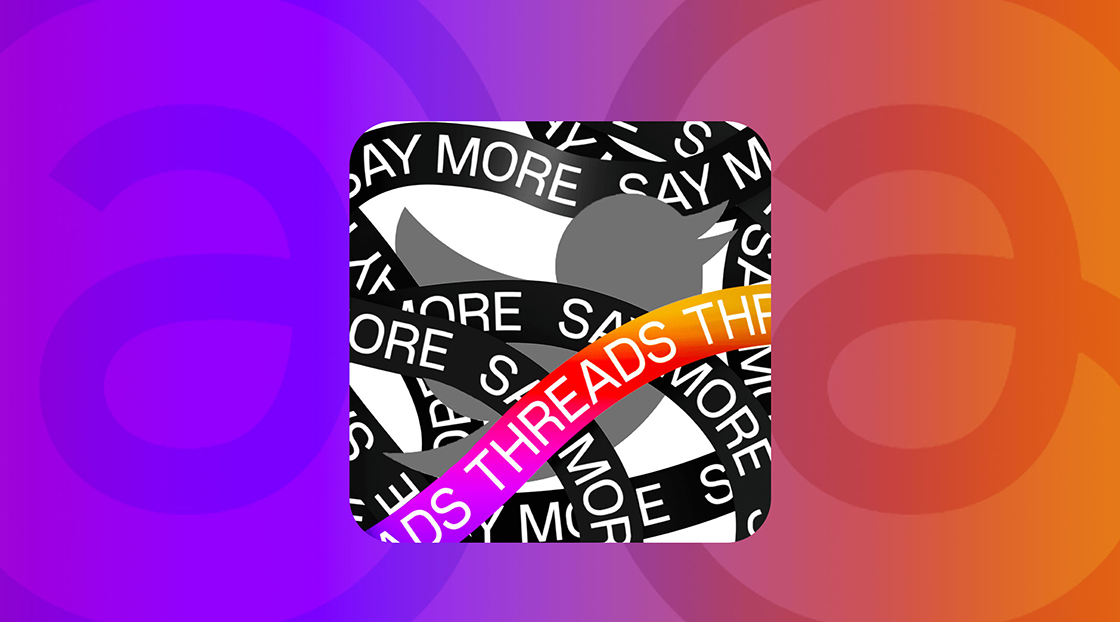Last week, Meta introduced Threads, its text-focused, Twitter competitor platform. With a launch perfectly timed to coincide with social media users’ ongoing dissatisfaction with Twitter and pent-up desire for an alternative, Threads is currently the front-runner in a slew of new social networks hoping to take down the bird app.
And it’s well on its way to do so, gaining more than 100 million users within the first five days of launch. By comparison, it took ChatGPT two months to reach the 100 million user mark and TikTok nine months.
If you’re a social media manager, you’re probably reading a lot about Threads right now and seeing other brands and universities post frequently and grow quickly. The higher ed social media manager groups are all abuzz with activity and ideas for how you can get high engagement rates on Threads. I’m guessing your FOMO is running high.
Here’s what higher ed social media managers and administrators need to know about the new social network.




